Dark Tourism BLOG
This page is intended to provide a more flexible and also more interactive element to dark-tourism.com, which is otherwise more static (more like an encyclopedia). The idea came about after the DT page I used to curate on Facebook was suddenly shut down by the company (full story here). So I’m continuing here – with regular blog posts, either featuring particular dark-tourism destinations or marking specific days in dark history and sometimes reacting to current affairs that are in some way relevant to this site’s topic.
sign up to the newsletter!
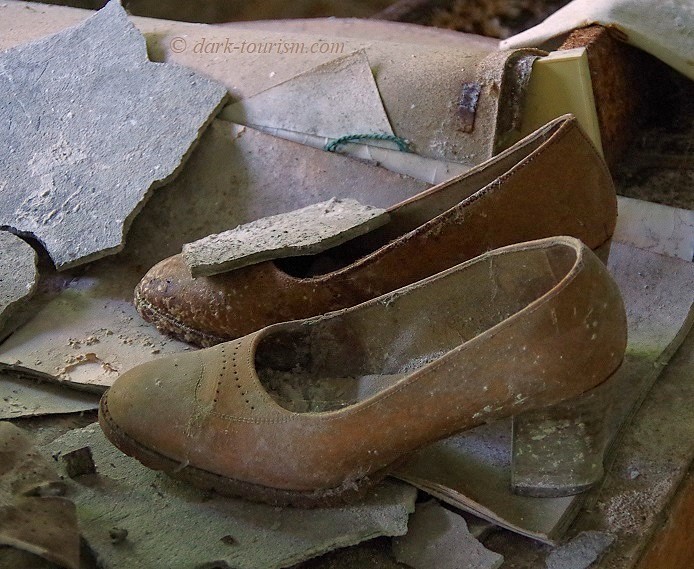
Dark Tourism & Shoes
This is the theme that came second in our latest poll. The winning theme, ‘DT & Shadows’, featured in the previous post, and in that I already announced that I would post the second ranked themes without a new poll. So now for ‘DT & Shoes’. By the way, I’m using “shoes” in a wide sense to include boots, trainers, stilettos, etc. as well as regular shoes.
What do you first think of when contemplating where shoes and dark tourism meet? For many people it will probably be this
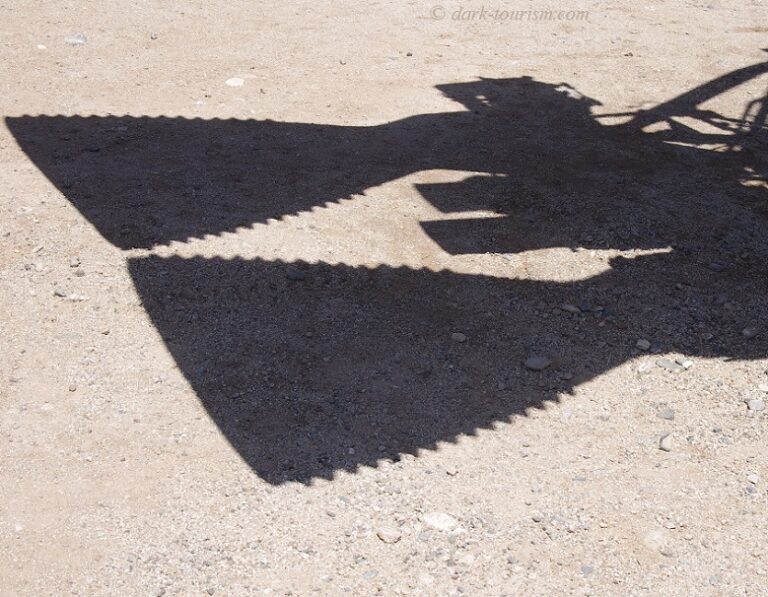
Dark Tourism & Shadows
In the latest theme poll – at the bottom of this previous Blog post – the theme garnering the most votes in the end was ‘DT & Shadows’. So that will be this post’s theme. Let’s kick off with an example of shadows that are an almost symmetrical “mirror image” of what’s casting the shadow, in this case a set of fire escape stairs outside a warehouse in the harbour of Riga, Latvia (which is a prime
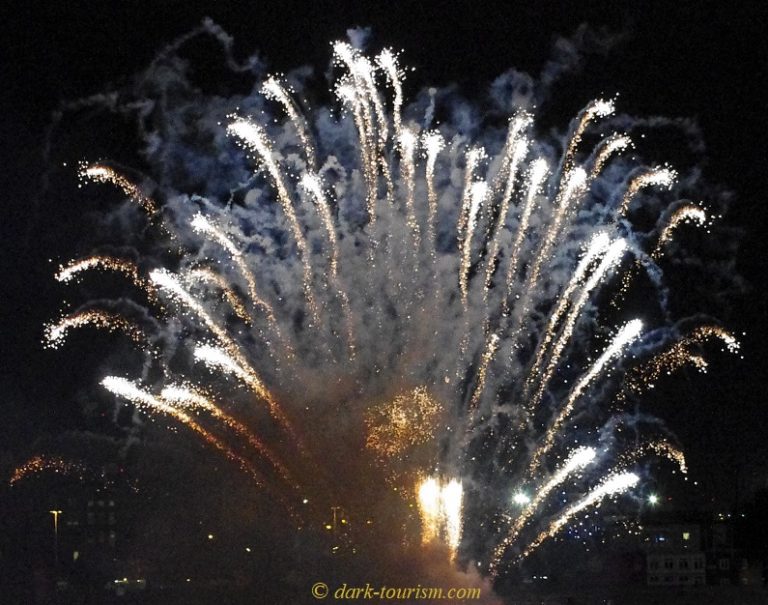
5 Years Anniversary & a New Poll
Today it’s the fifth anniversary of this Blog, i.e. five years to the day since the very first post appeared here. To mark this occasion, I’ve selected five of my favourite photos ever to have featured on the Blog (and made sure none of those featured in the Blog post on the first anniversary four years ago are repeated). For the new poll, scroll to the bottom …
I’m particularly fond of this first photo, taken from the
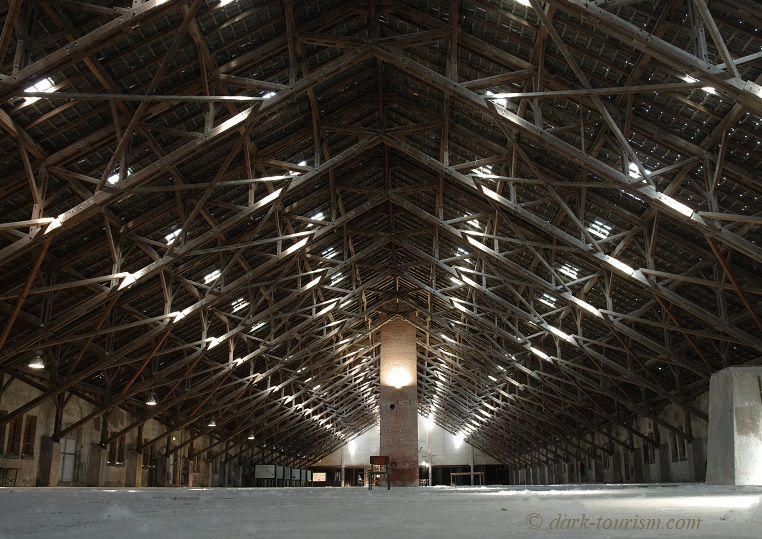
Neuengamme revisited
On my recent trip to northern Germany, which was mainly for visiting friends and family, I nevertheless managed to slot in a visit (on the 1st of May – Labour Day!) to the vast memorial site at the former concentration camp of Neuengamme on the edge of Hamburg.
Far less well known than, say, Dachau or Buchenwald, Neuengamme was still one of the largest camps within the Third Reich, both by area size and by the number of inmates. About
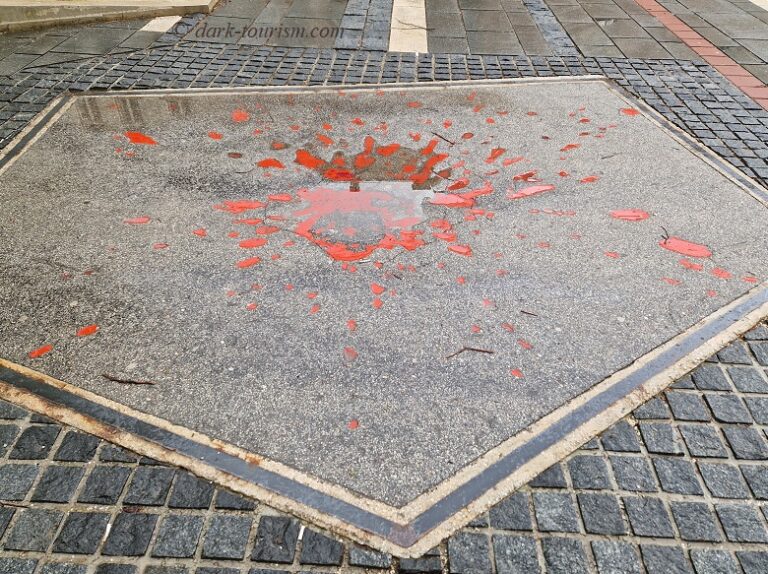
Back from Bosnia & Herzegovina
Yesterday I returned from my two weeks’ long trip to Bosnia & Herzegovina. I had been before, but that was back in 2009 and only for a few days in Sarajevo and Mostar. On this trip I had a lot more time and also went on several tours that took me out of the cities and to some quite off-the-beaten track locations.
As before, I give you a quick photo essay Blog Post based mostly on photos taken with a
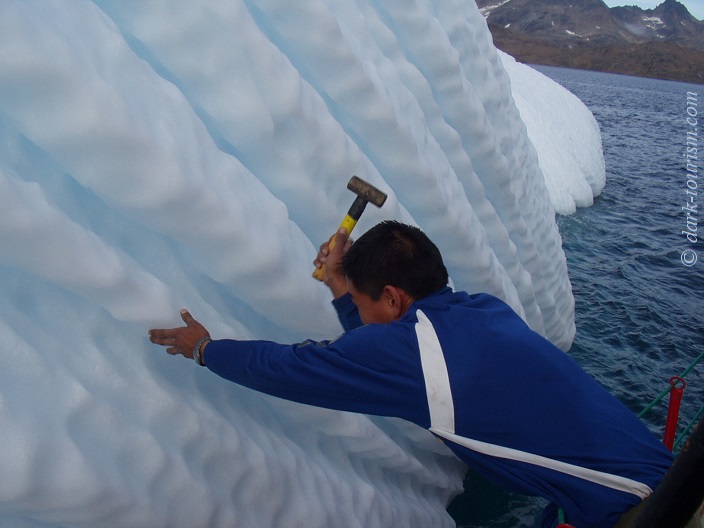
My Bid for Greenland
I took inspiration from Greenland’s recent media presence to look back through my travel photo archives … way back, in fact, all the way to almost 21 years ago, when I added a short side trip to East Greenland on to my first visit to Iceland back in 2004. So I can bring you a short Greenland photo essay from that trip. The images were taken
